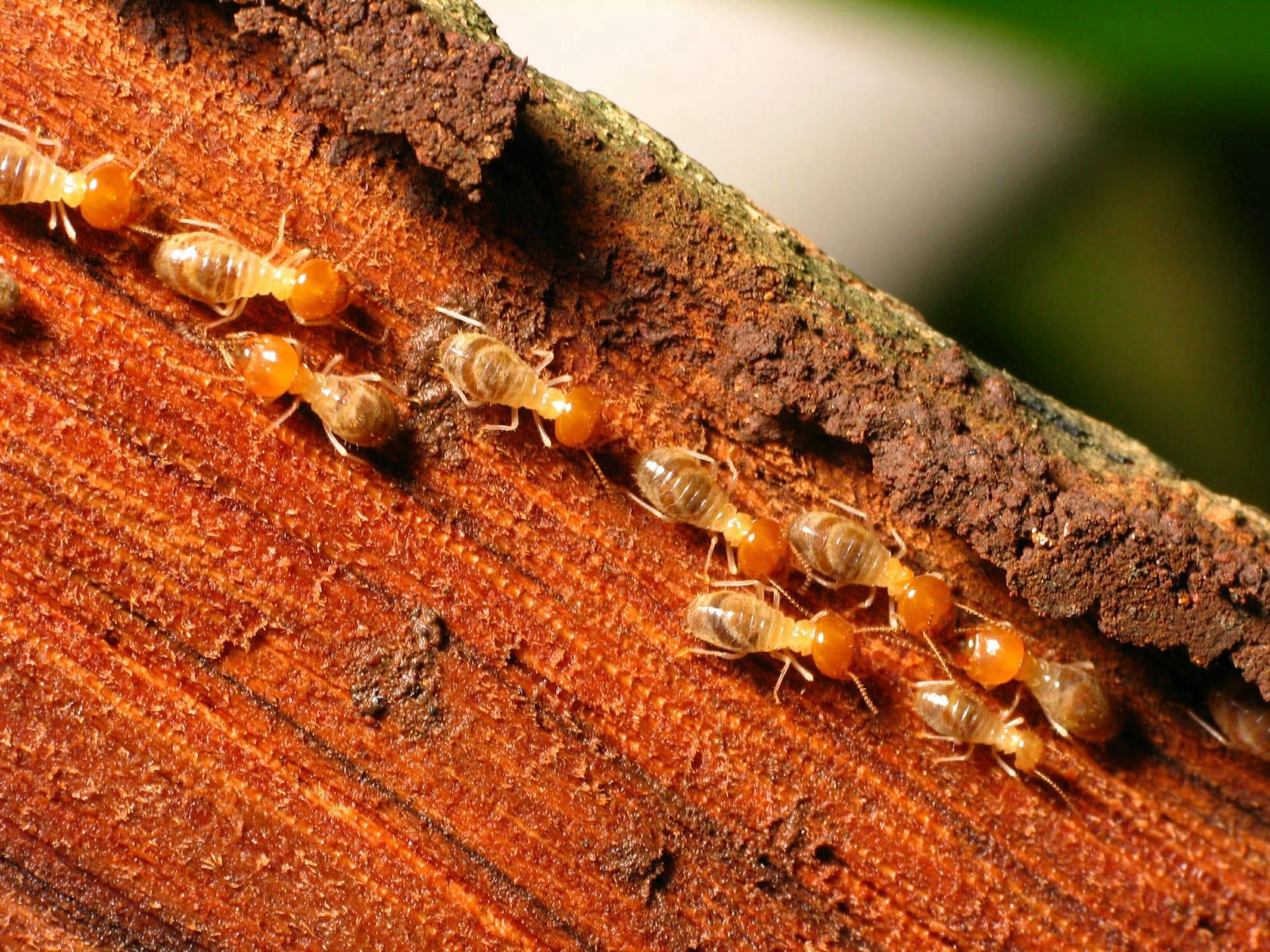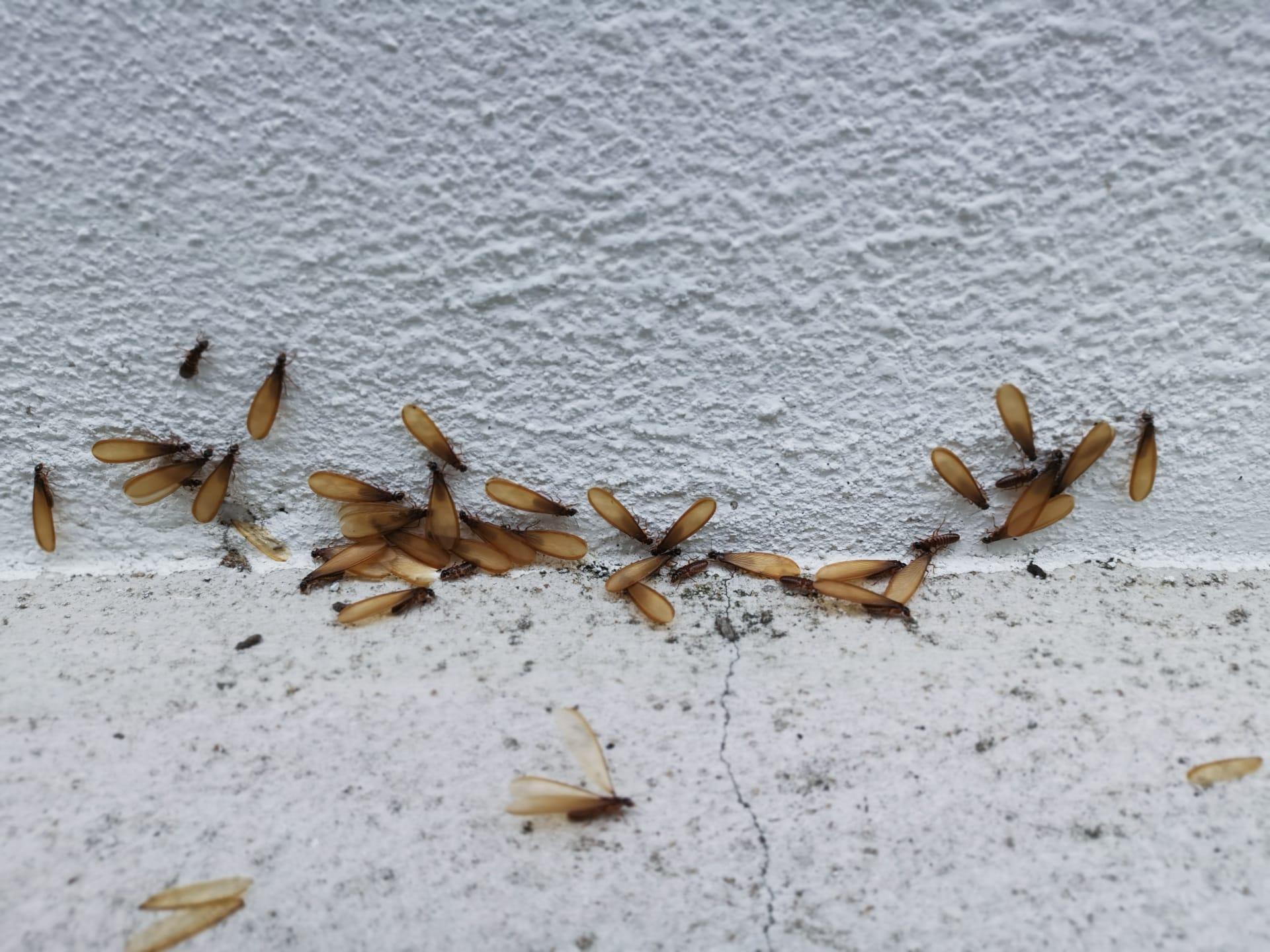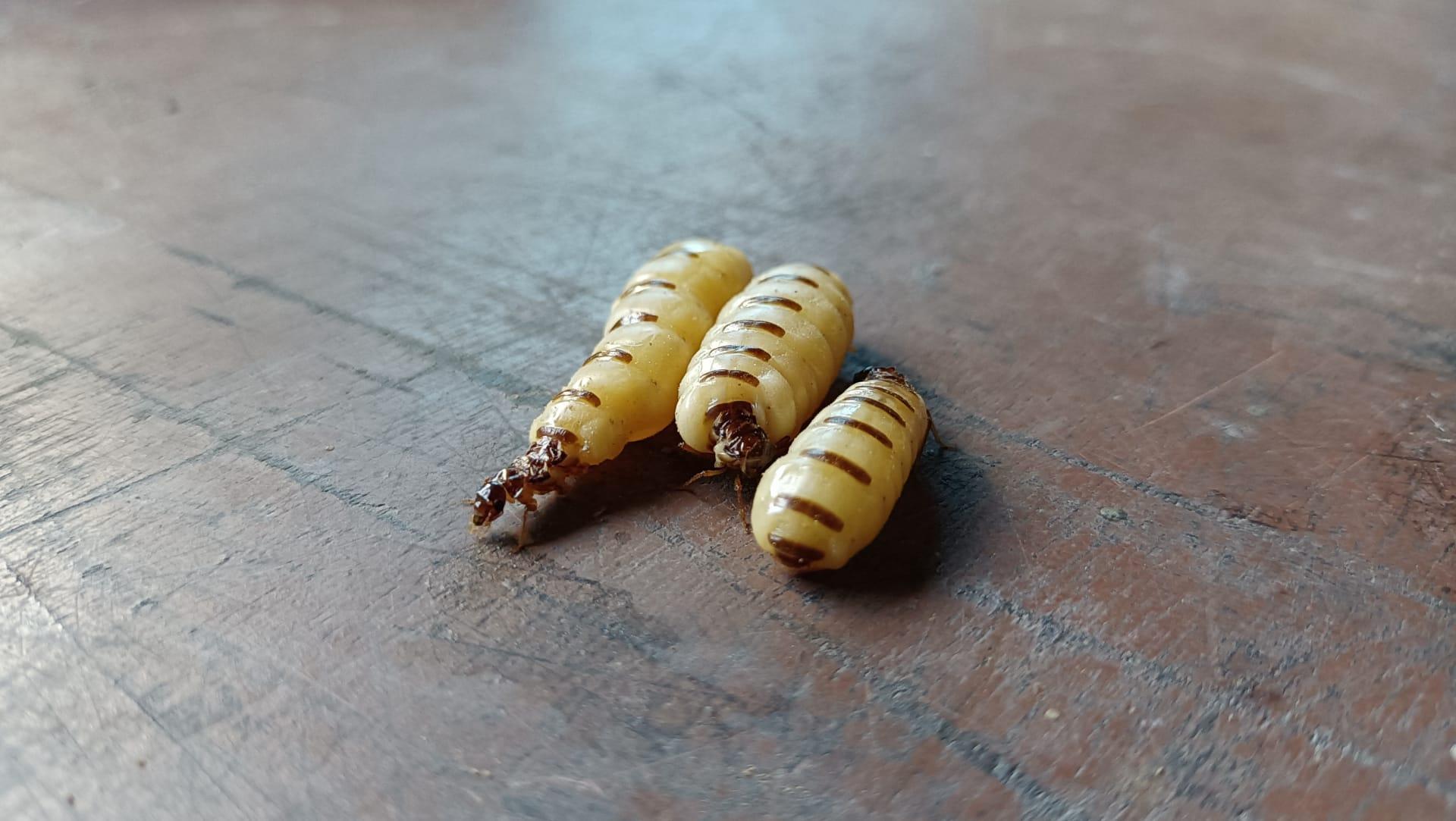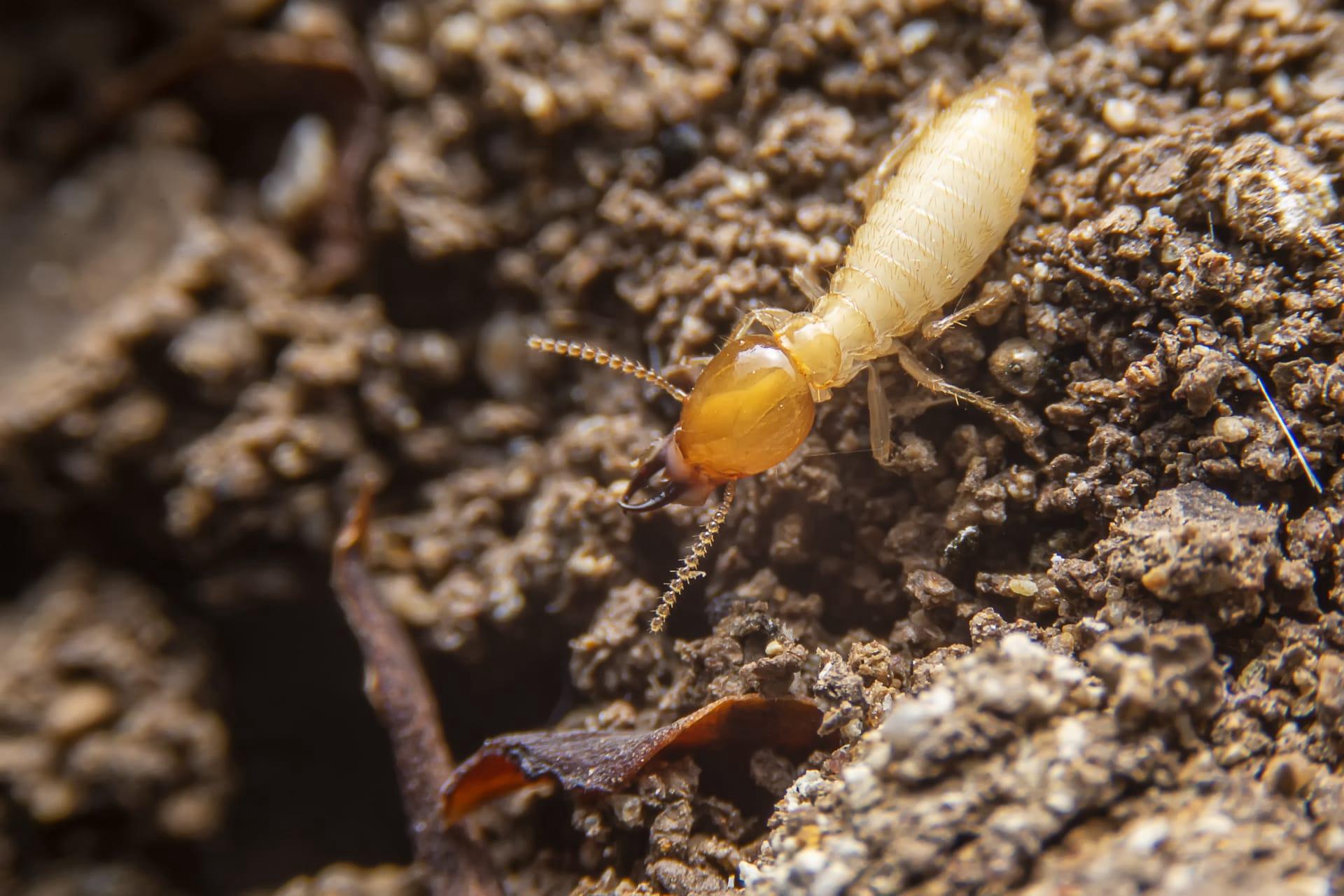Termites Characteristics
- Home /
- Mini Encyclopedia /
- Animal /
- Termites Characteristics
1
Termites, often mistaken for 'white ants', display a fascinating range of physical characteristics. On average, they measure about a quarter to a half inch in length. The kings and queens of termite colonies, however, can grow significantly larger, sometimes reaching over an inch. These eusocial insects exhibit varying lifespans across different castes. Worker and soldier termites typically live for one to two years, but termite queens can surpass this, living up to a decade under ideal conditions, a remarkable feat for insects.
The most distinctive organ in termites is their gut, home to a complex community of microorganisms. This unique digestive system allows termites to break down cellulose, the primary component of wood. This ability is crucial for their survival, as it enables them to digest a substance that most other creatures cannot. The symbiotic relationship between termites and their gut microbes is a fascinating example of nature's ingenuity, turning what would be indigestible material into a viable food source.

2
Question: Why do termites often cause extensive damage to houses?
Answer: Termites are infamous for causing significant damage to homes, primarily due to their diet, which mainly consists of wood, paper, and other cellulose-based products. These materials are abundant in most homes, providing an ideal feeding ground for termites. A termite colony can consume about a pound of wood per day. Unchecked, they can weaken the structural integrity of buildings, leading to costly repairs. The reason they often go unnoticed is their cryptic lifestyle; they eat wood from the inside out, making their presence difficult to detect until the damage is severe.

3
Termites are not known for their speed or agility but rather for their relentless and methodical movement. They primarily rely on a pheromone trail to navigate, which guides them to food sources and back to their colony. Termites can cover impressive distances for their size, with some species known to travel up to 100 meters from their colony in search of food.
In terms of feeding, termites are detritivores, primarily consuming dead plant material, like wood. Their ability to digest cellulose is facilitated by various protozoa and bacteria in their gut. This digestive process is slow but efficient, allowing termites to extract maximum nutritional value from materials that are typically non-nutritive for other organisms. Their feeding habits play a crucial role in the ecosystem by breaking down and recycling organic matter.

4
Termites thrive in warm, humid environments, which provide the necessary conditions for their survival and the decomposition of their food sources. They are predominantly found in tropical and subtropical regions, but some species have adapted to cooler climates. Termites construct elaborate colonies, often underground or within wood structures, providing them with protection and a controlled microclimate.
Reproduction in termites is a fascinating process. Most colonies have a single breeding pair – the king and queen. The queen's primary role is to lay eggs, sometimes thousands in a single day. Young termites, known as nymphs, go through several molts before achieving their specific caste – workers, soldiers, or reproductives. The social structure and division of labor in termite colonies are key to their survival and proliferation.

5
Book: "The World of Termites" by Dr. George McGavin (United Kingdom, 2009). This engaging book offers a comprehensive look at termite biology and behavior. McGavin, an entomologist, delves into the social structure of termite colonies, their impact on the environment, and their interactions with humans. The book is noted for its accessible language and detailed illustrations, making it a favorite among both scientists and lay readers.
Book: "Termite Ecology in a Changing World" by Prof. Judith Korb (Germany, 2011). This book examines the ecological role of termites in various environments. Korb, a renowned biologist, explores how termites adapt to different ecosystems and the potential impact of climate change on their populations. The book is recognized for its in-depth analysis and is considered a valuable resource for students and researchers in the field of entomology and ecology.